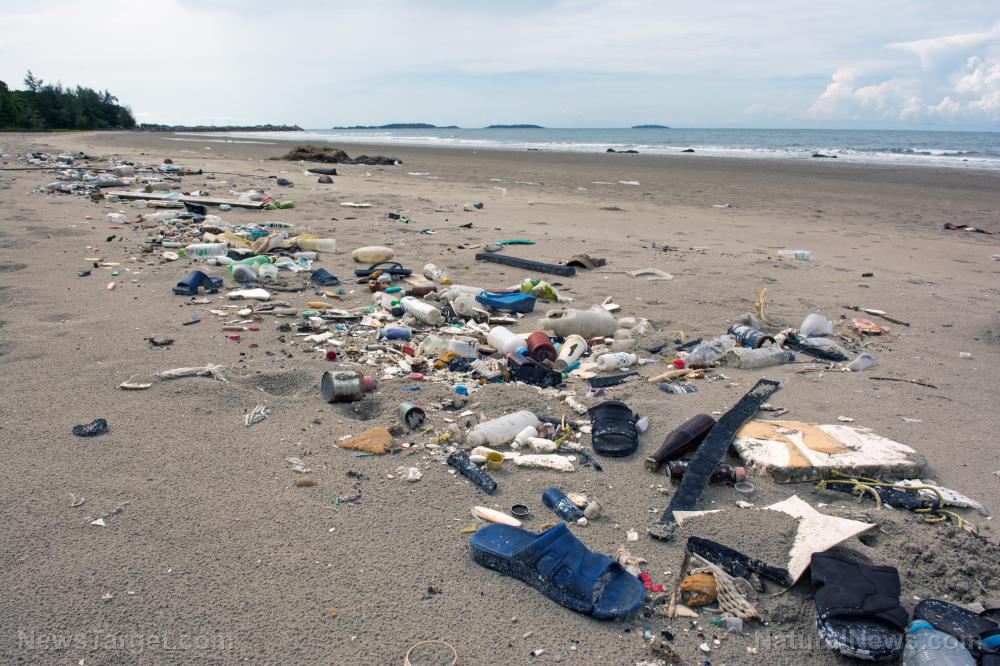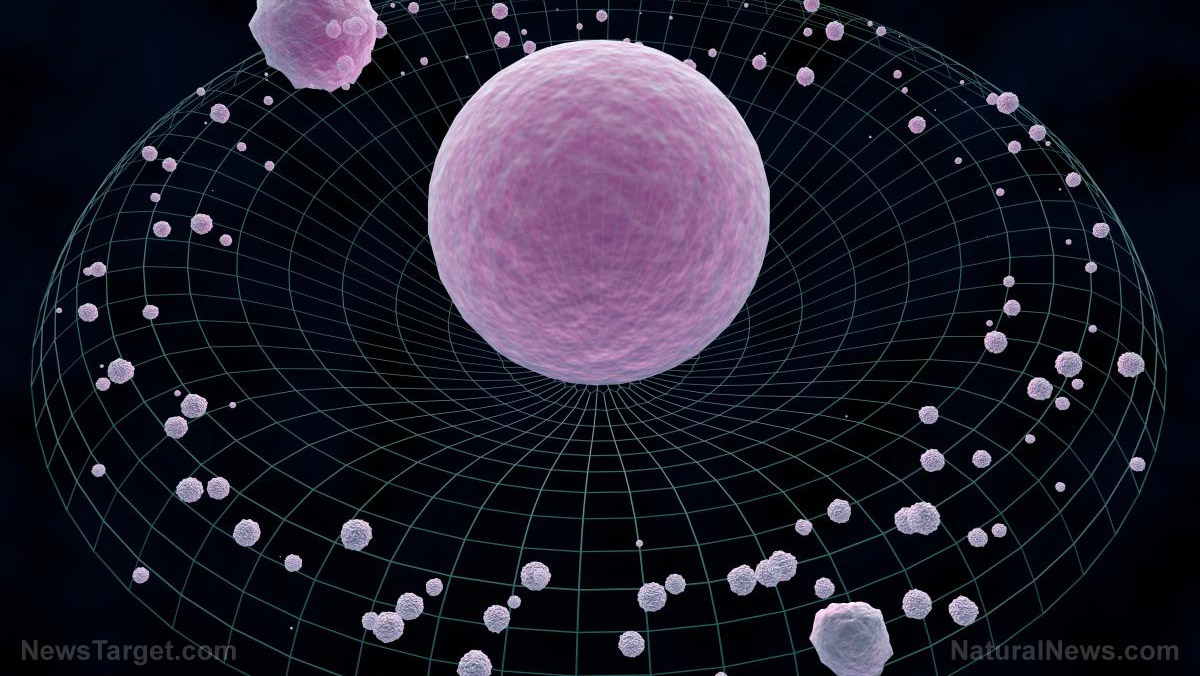Trash-to-fuel research could reduce mountains of plastic waste
05/21/2019 / By Edsel Cook

Polyolefin makes a considerable chunk of the millions of tons of plastic that end up each year in the oceans as plastic trash. Fortunately, Indiana-based researchers have developed a new chemical technique that could turn the plastic pollutant into clean fuels and other valuable products.
The conversion technique came from the laboratories of Purdue University. A joint work of professors, graduate students, and students at the academic institute’s schools of chemical engineering and engineering technology, this technique could convert more than 90 percent of polyolefin garbage into usable products.
“Our strategy is to create a driving force for recycling by converting polyolefin waste into a wide range of valuable products, including polymers, naphtha (a mixture of hydrocarbons), or clean fuels,” explained Purdue professor Linda Wang, the head of the research team that came up with the method of turning plastic trash into profitable products. “Our conversion technology has the potential to boost the profits of the recycling industry and shrink the world’s plastic waste stock.”
Wang and her team are currently refining the polyolefin conversion process to make it capable of producing high-quality diesel or gasoline fuel. (Related: Mobile reactor turns ocean plastic waste into invaluable diesel fuel.)
Converting polyolefin plastic waste into renewable fuels
In the paper, published in the journal ACS Sustainable Chemistry and Engineering, Wang explained that their process applies selective extraction and hydrothermal liquefaction to polyolefin. The plastic gets broken down into very useful naphtha, which is chock full of hydrocarbons.
Naphtha serves as a raw material in the production of other chemicals, such as fuels and can also be further broken down into products like specialized solvents.
The Purdue study estimated that up to four percent of the world’s annual demand for either diesel or gasoline could come from polyolefin waste. The clean fuel produced from plastic pollution would go a long way.
Billions of tons of plastic pollute landfills and the oceans
The drive to develop the polyolefin conversion technique came from reports about the steadily increasing levels of plastic waste pollution that taint the environment. The last 65 years witnessed the production of 8.3 billion tons of plastic products.
Of that staggering number, humans got rid of about 12 percent through incineration – which caused a different set of environmental problems – and nine percent via recycling processes. That left 79 percent, which either ended up stored in a landfill or floating in the oceans.
Experts warned that plastic waste dumped into the nearest body of water usually ends up in the oceans. By 2050, the plastic in the ocean would end up outnumbering the fish if the practice continued.
“Plastic waste disposal, whether recycled or thrown away, does not mean the end of the story,” Wang explained. “These plastics degrade slowly and release toxic microplastics and chemicals into the land and the water.”
Recycling plastic trash is the way to go
Plastic pollutants can last for decades or centuries in the oceans. They are also nearly impossible to remove. The best way to reduce the threat they pose to the environment is by keeping them out of the sea in the first place.
Wang said that her team’s plastic conversion technology could be vital in turning the tide. If adopted, it could encourage the recycling industry to keep pace with the rapidly increasing amounts of plastic pollution.
Sources include:
Submit a correction >>
Tagged Under:
plastic recycling, plastic trash, plastic waste, polymers, recycling, renewable fuel
This article may contain statements that reflect the opinion of the author
RECENT NEWS & ARTICLES
NewScienceReport.com is a fact-based public education website published by New Science Report Features, LLC.
All content copyright © 2018 by New Science Report Features, LLC.
Contact Us with Tips or Corrections
All trademarks, registered trademarks and servicemarks mentioned on this site are the property of their respective owners.





















